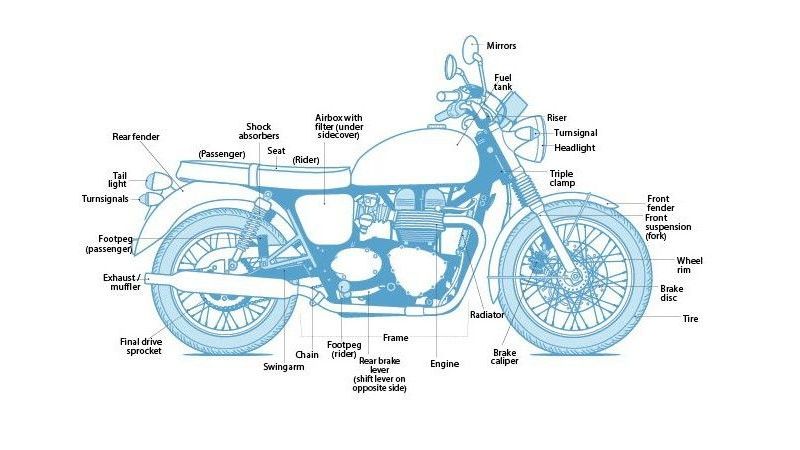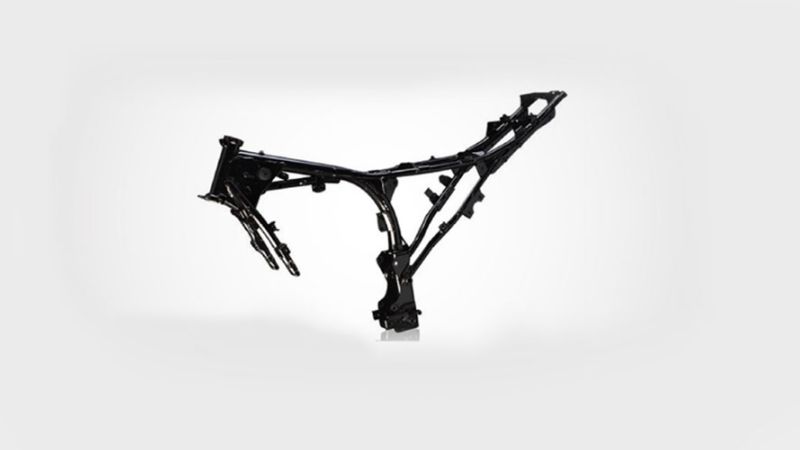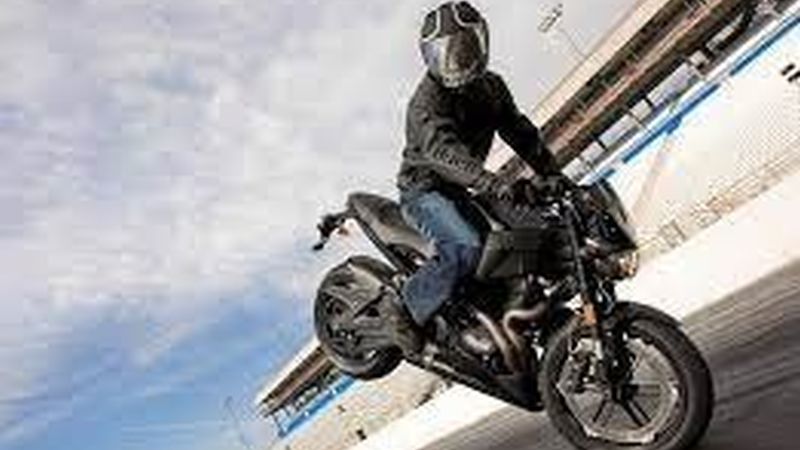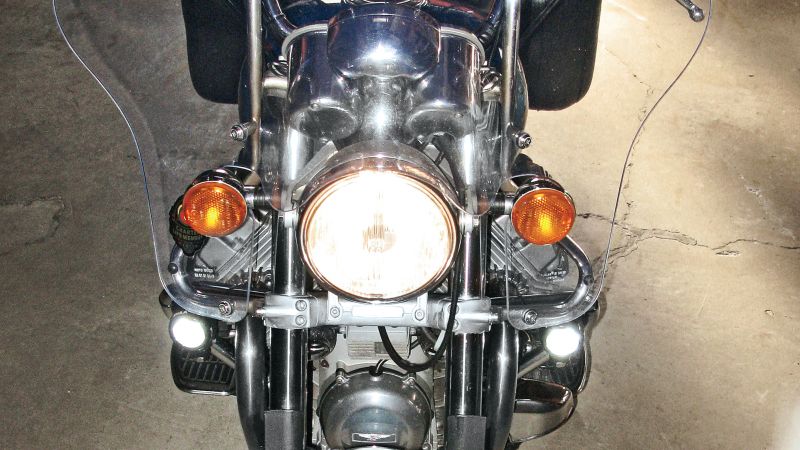The Anatomy of a Motorcycle: Understanding Your Machine

Riding a motorcycle is a thrilling experience that offers a sense of freedom and exhilaration like no other. But have you ever wondered about the inner workings of your machine? Understanding the anatomy of a motorcycle is not only fascinating but also essential for every rider. In this article, we will dive into the various components that make up a motorcycle and explore their functions. So, gear up and join us on this journey to unravel the mysteries of your two-wheeled companion.
The Heart of the Machine – The Engine
At the core of every motorcycle lies the engine, often referred to as the heart of the machine. The engine powers your ride and determines its performance. Most motorcycles feature either a two-stroke or a four-stroke engine. Understanding how these engines work can enhance your riding experience and help you troubleshoot any issues that may arise.
The Backbone – The Frame

The frame of a motorcycle serves as its backbone, providing structural integrity and supporting various components. There are several types of frames commonly found in motorcycles, each with its own characteristics and advantages:
Diamond Frame: The diamond frame is the most common and traditional frame design. It features a triangular shape with the headstock at the front, the engine mounted in the middle, and the swingarm at the rear. This design offers a balanced weight distribution and stability, making it suitable for a wide range of motorcycles.
Perimeter Frame: Perimeter frames are commonly seen in sport bikes and high-performance motorcycles. They feature a more complex structure with the frame rails surrounding the engine and extending to the rear swingarm. This design provides increased rigidity and improved handling, allowing for precise cornering and maneuverability.
Trellis Frame: Trellis frames consist of a network of interconnected tubes that form a lightweight and rigid structure. Typically found in sport and naked bikes, trellis frames offer excellent torsional rigidity while keeping the overall weight low. They provide a unique aesthetic appeal and contribute to agile handling and responsiveness.
Backbone Frame: Backbone frames are often seen in classic and cruiser-style motorcycles. They feature a single large tube that runs from the headstock to the rear swingarm, acting as the main support structure. While not as rigid as other frame types, backbone frames offer simplicity, easy customization, and a distinctive look.
Understanding the different frame designs can help you choose a motorcycle that suits your riding style and preferences. Each frame type influences factors such as stability, handling, weight distribution, and overall rigidity, which ultimately contribute to the motorcycle’s performance on the road.
Additionally, it’s worth noting that modern motorcycles often incorporate advanced engineering techniques and materials to enhance frame performance. These may include aluminum or carbon fiber construction, which provide increased strength, reduced weight, and improved structural integrity.
Remember, the frame is the foundation of your motorcycle, so it’s essential to ensure it is well-maintained and free from any structural damage or compromises. Regular inspections and maintenance, along with proper riding techniques, will help you maximize the longevity and performance of your motorcycle’s frame.
So, whether you’re carving through twisty roads or cruising down the highway, the frame plays a vital role in providing stability, control, and an enjoyable riding experience. Embrace the backbone of your machine and ride with confidence, knowing that your motorcycle’s frame is there to support you every step of the way.
Suspension and Handling
The suspension system of a motorcycle plays a crucial role in providing a comfortable and controlled ride. Comprising front forks and rear shock absorbers, the suspension system absorbs bumps and impacts from the road surface, ensuring stability and preventing excessive vibrations. Understanding suspension settings, such as preload, compression, and rebound, allows you to fine-tune your ride to match your preferences and optimize handling.
Braking – The Power to Stop

Brakes are paramount for your safety on the road. Most motorcycles utilize a combination of disc brakes, either hydraulic or cable-actuated, on the front and rear wheels. Learning about brake components, such as brake pads, calipers, and master cylinders, enables you to maintain and troubleshoot your braking system. Additionally, understanding techniques like proper braking modulation and weight transfer can enhance your stopping power and control.
Propelling Forward – The Transmission and Drive System
The transmission and drive system transmit power from the engine to the wheels, propelling the motorcycle forward. Motorcycles employ various types of transmissions, including manual, automatic, and semi-automatic, each offering distinct advantages and riding experiences. Additionally, understanding the different drive systems, such as chain, belt, and shaft drives, allows you to choose a motorcycle that suits your needs and maintenance preferences.
Electrical and Lighting Systems

The electrical system of a motorcycle comprises the battery, alternator, wiring, and various electrical components. Understanding this system helps you troubleshoot electrical issues and perform routine maintenance. Additionally, familiarizing yourself with the lighting system ensures optimal visibility on the road, as well as compliance with regulations regarding headlights, taillights, turn signals, and brake lights.
Controls and Ergonomics
The controls and ergonomics of a motorcycle determine how comfortable and accessible it is for the rider. Components such as the handlebars, foot pegs, seat, and controls (throttle, clutch, and brake levers) should be adjusted to suit your body size and riding style. Understanding the ergonomics of your motorcycle can significantly enhance your riding experience and reduce fatigue on long journeys.
Understanding the anatomy of a motorcycle empowers riders to make informed decisions, troubleshoot issues, and appreciate the engineering marvels that power their machines. We have explored the key components that make up a motorcycle, from the engine to the controls. By delving deeper into these aspects, you can develop a deeper connection with your bike and ensure a safe and enjoyable ride. So, next time you hit the road, remember to appreciate the intricate and fascinating anatomy of your two-wheeled companion.


